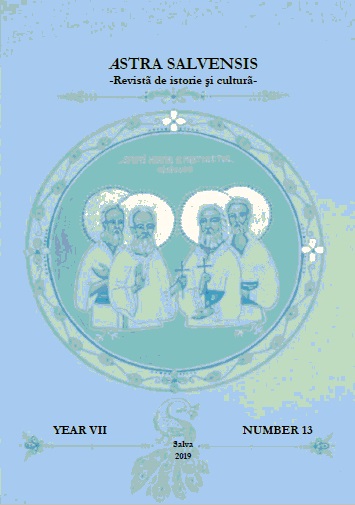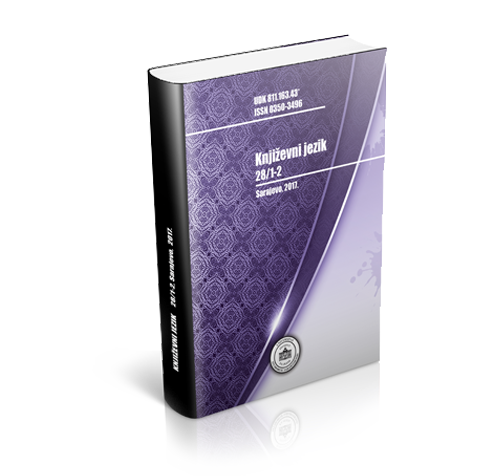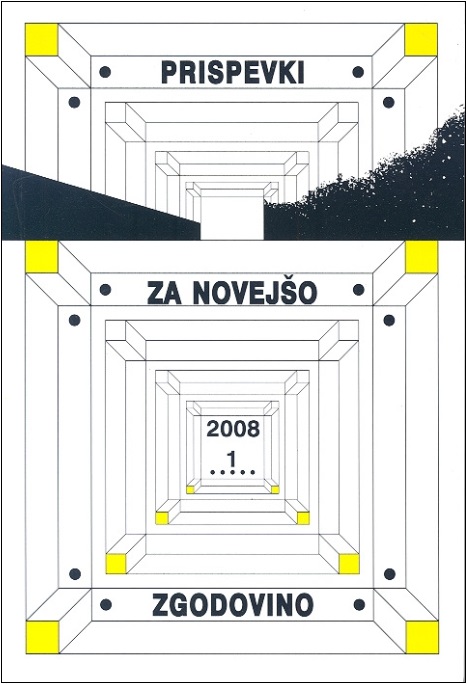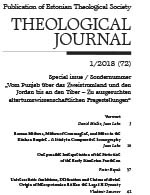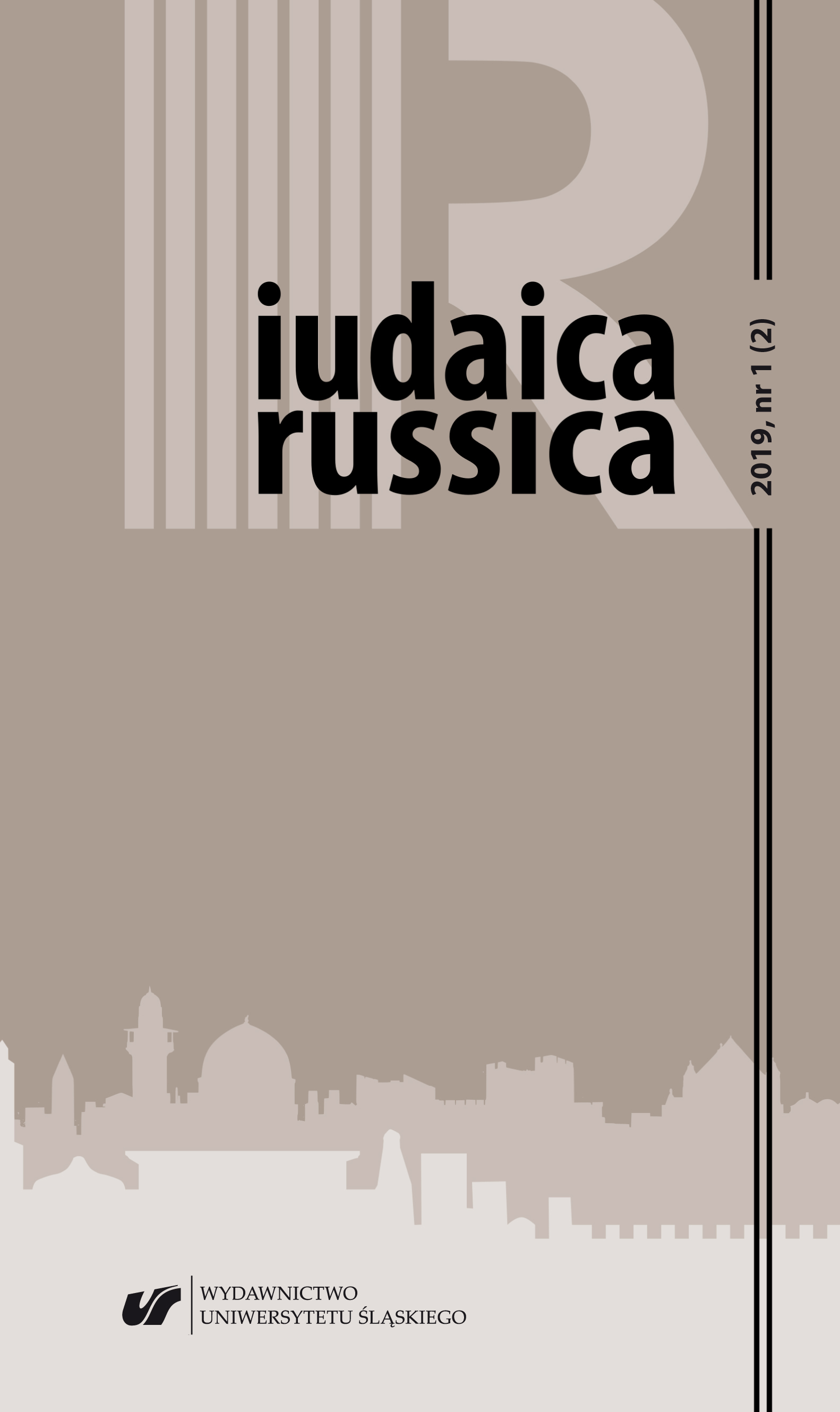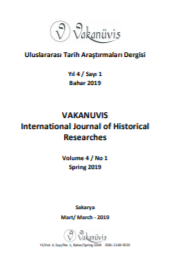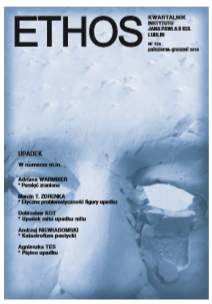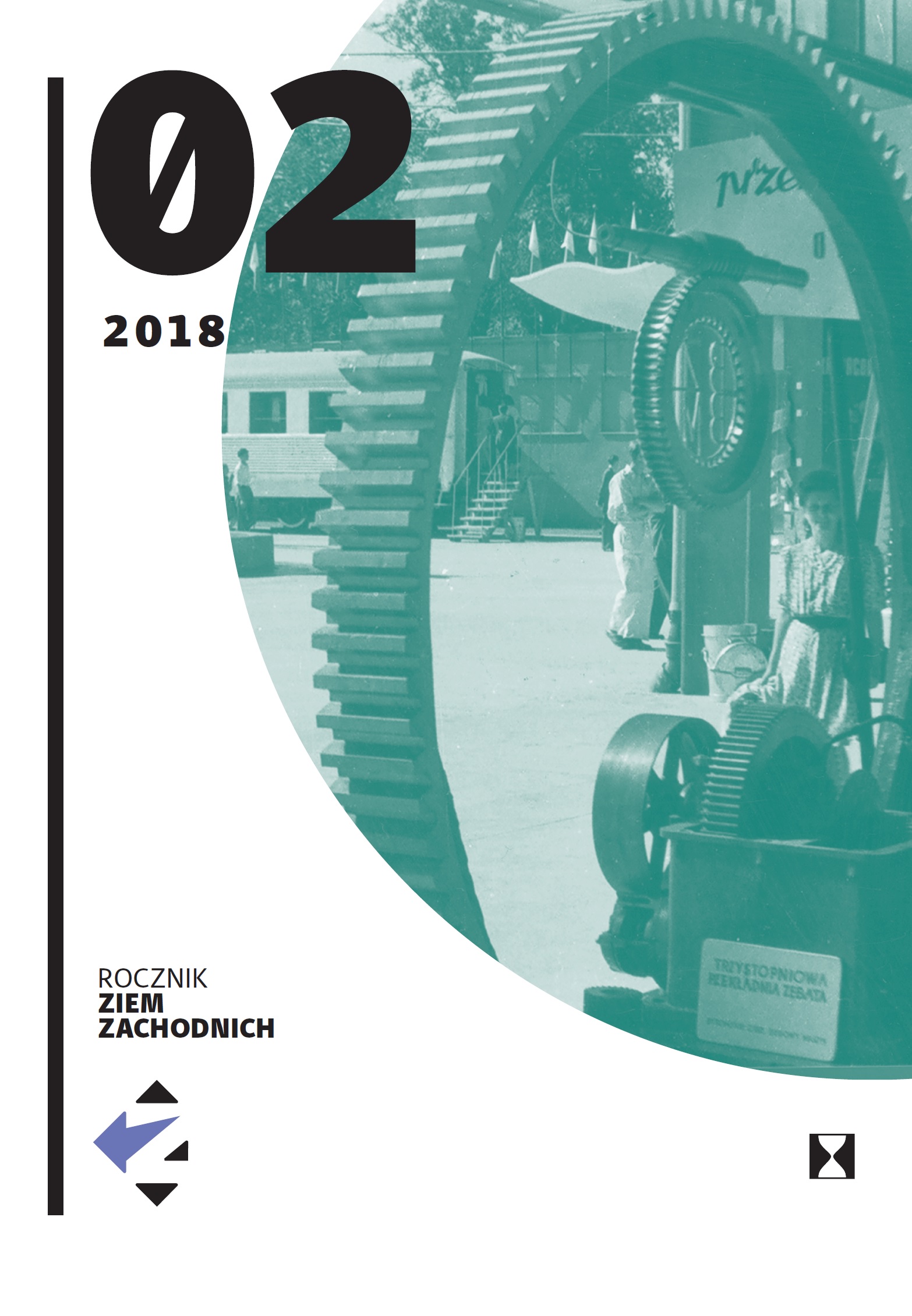
Żydzi niemieccy w Jeleniej Górze tuż po zakończeniu II wojny światowej
This article presents the history of German Jews, survivors of the Extermination period, in Jelenia Góra in the years 1945–1947, that is from the establishment of the Jewish committee just after the end of the Second World War until the disappearance of this community two years later. This is the story of a group composed of people liberated from concentration camps as well as hiding in their homeland, including the “Mischling”. In the text, different aspects of the functioning of the German Jewish population are discussed in the context of the influx of Polish Jews from the territories of central Poland and the USSR, their relations with the Central Committee of Jews in Poland and the Voivodeship (the term corresponding to ‘province’ in many countries; translator’s note) Jewish Committee in Wrocław, as well as the state administration. The most interesting issue is the problem of the legal and social status of Jews who were striving to be recognised as victims of the Third Reich on equal terms with others, in this case most of all Polish Jews. Finally, almost all German Jews left the city during the deportation of the German population.
More...
